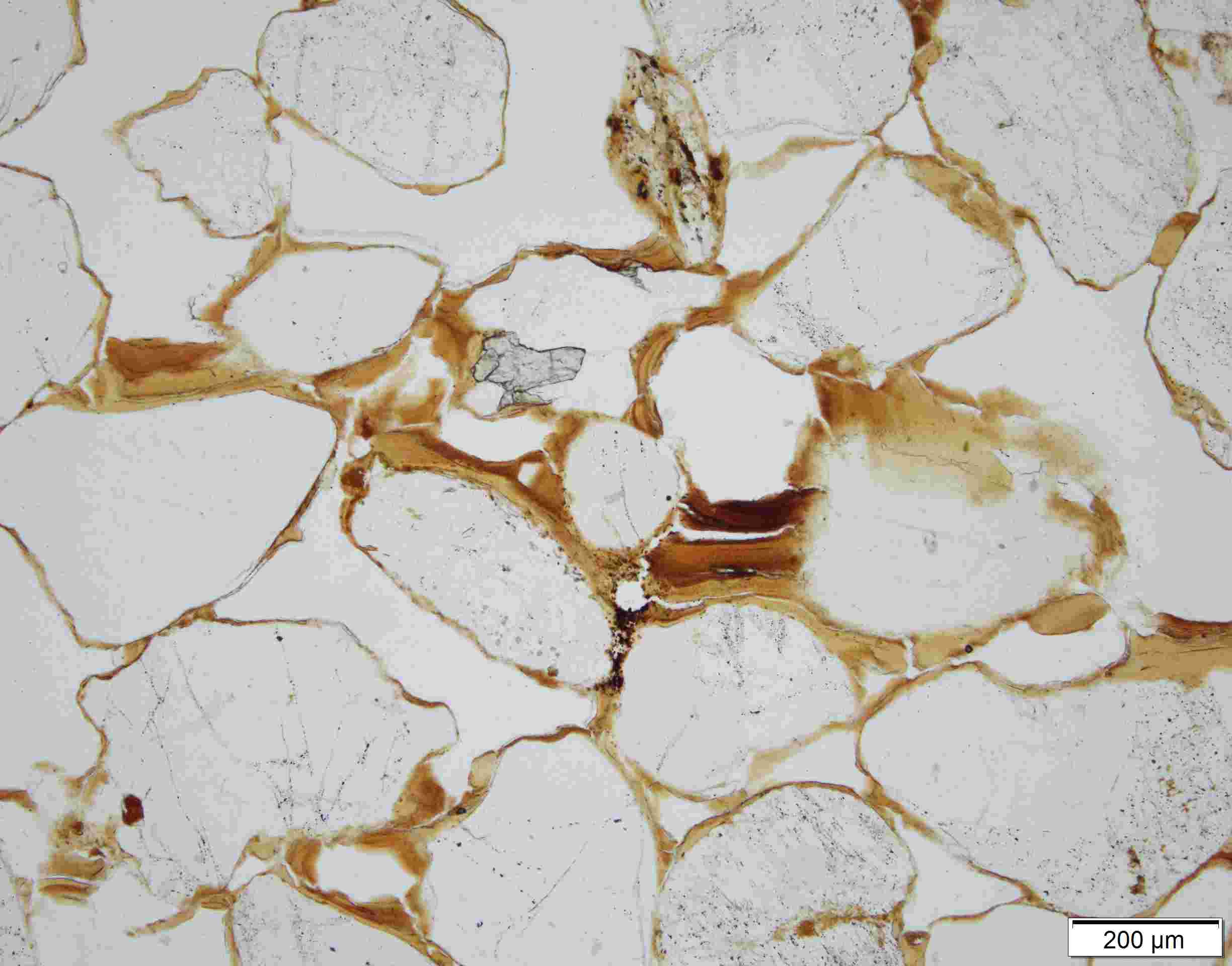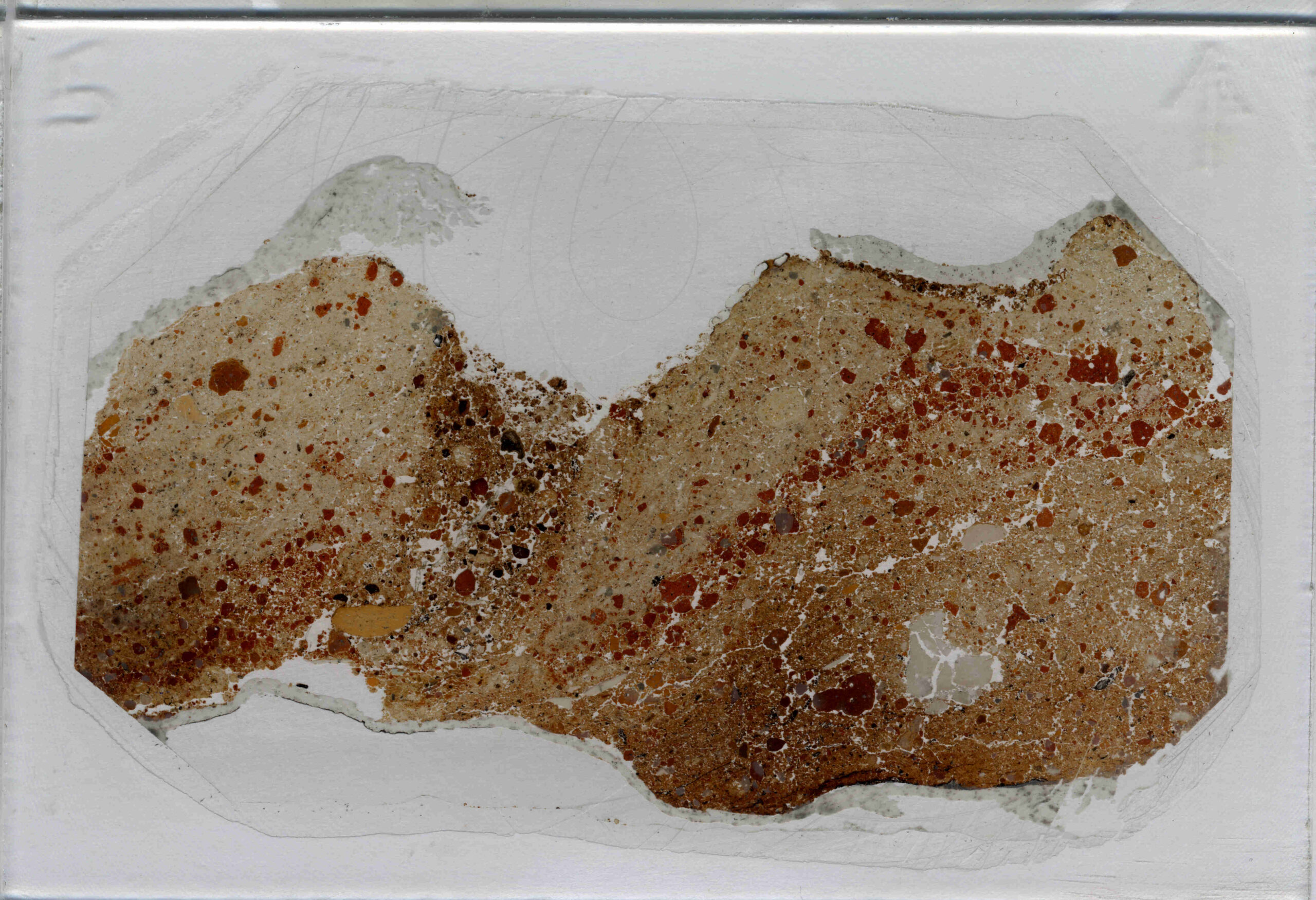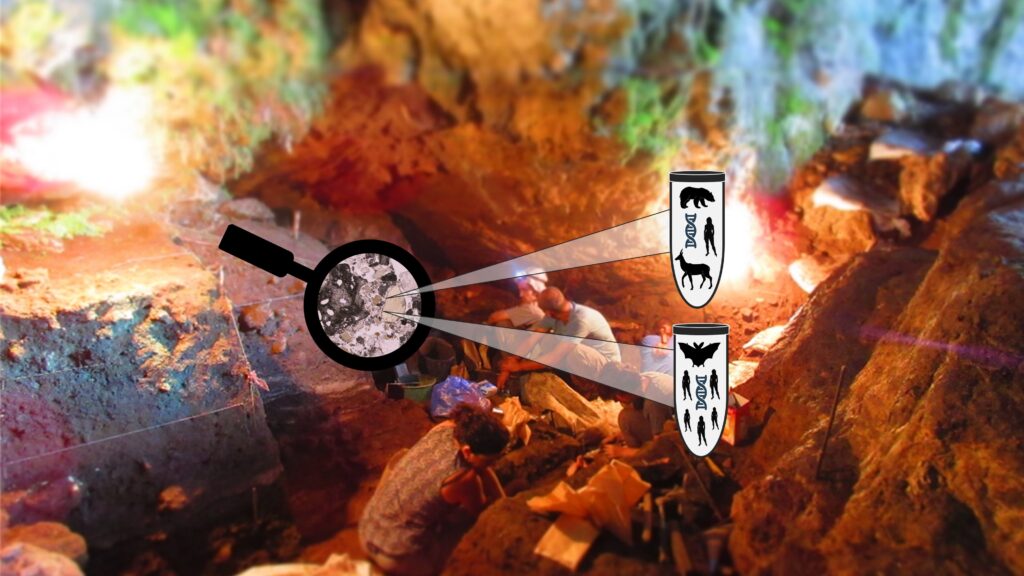Sediments constitute a crucial part of the archaeological record. Not only do they represent the sedimentary context of archaeological materials, they also constitute archives of human behaviour, paleoenvironments and as we now know also of ancient DNA (aDNA). Thus, they present a unique window into the past and human-environment relationship. The Vienna Microarchaeology group uses a microcontextual approach to study the formation history of Pleistocene sites, the sedimentary record of fire use evolution and the formation history of sediment ancient DNA. We mainly use archaeological soil micromorphology and use auxiliary techniques such as µFTIR and µXRF in collaboration with other laboratories.
Depositional environments and context
The analyses of the sedimentary site formation processes and depositonal environments constitutes the backbone of archaeology. We study site formation in order to differentiate between anthropogenic and natural sedimentary processes, to evaluate external input, to reconstruct depositional energy, to identify environmental signals and to assess the integrity and degree of post-depositional overprinting of the archaeological record.

Pyroarchaeology
The use of fire is an important aspect of the evolution of our species. Hearths present the most robust evidence for the beginning of fire control and they preserve insights into the pyrotechnological skills and preferences of our ancestor. Our group investigates hearths as sedimentary artifacts next to other material remains of fire use, e.g. heated bones and lithics.

MicroStratDNA – ERC Starting Grant
The MicroStratDNA project is concerned with formation history of sedaDNA. We are focused on the following three aspects: to (1) identify the ideal preservations conditions of aDNA in environmental sources, (2) to evaluate the integrity of the recovered DNA and (3) and to build genetic time series to investigate archaeological questions.

 Homepage
Homepage